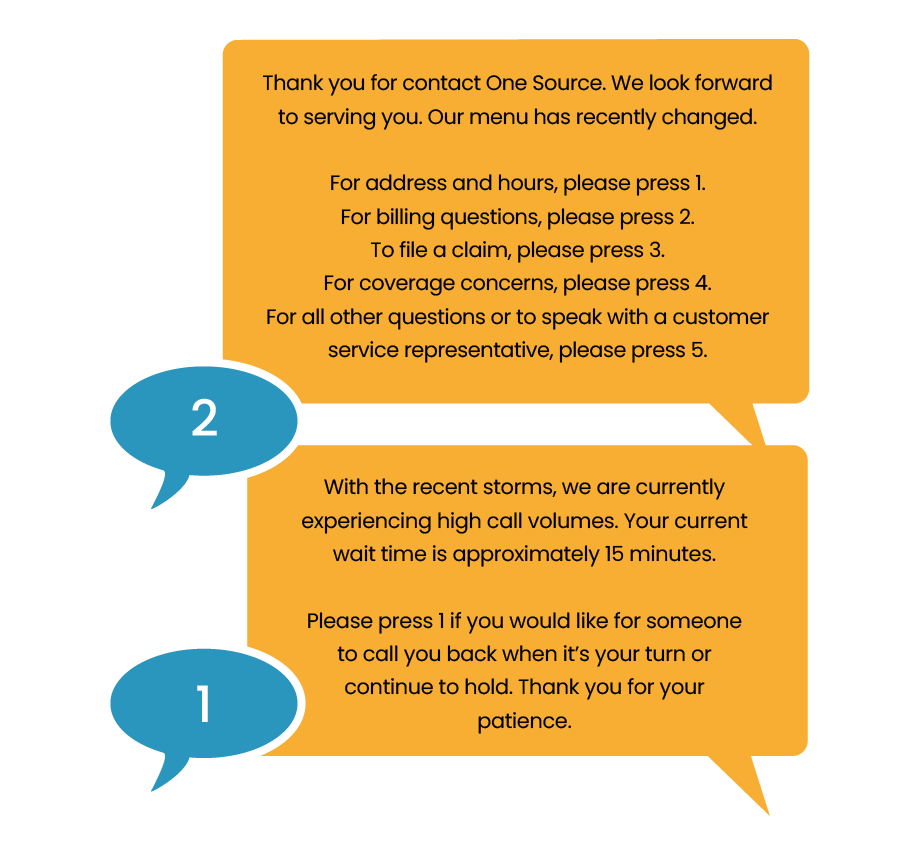 It’s that time of the year again! March Madness is here and the annual NCAA College Basketball Tournament is one of the most widely participated in, and often divisive, sporting events of the year for spectators. It’s typically a point of contention among fans because with over 64 teams (don’t get me started on the adoption of the “First Four” because we’ll be here for hours) from all over the country including teams from conferences typically invisible from the national spotlight, there are plenty of opinions to go around. While the conflicting predictions and inevitable upsets can cause a little consternation and a lot of excitement, one prediction that seems to remain constant each year is the cost that this tournament our national economy suffers. According to ESPN, the worldwide leader in sports, estimates for this year’s March Madness expect that 50 million workers will fill out brackets and, on average, spend at least one hour of their work day focused on the games themselves. Estimates on the costs of when 20% of the national workforce commits an hour a day over the course of the tournament range from $1.3 to $1.9 billion in lost productivity. Using this as a lens through which to work habits during March is just the context we need to consider a new approach to working through it and the other remaining 11 months of the year.
It’s that time of the year again! March Madness is here and the annual NCAA College Basketball Tournament is one of the most widely participated in, and often divisive, sporting events of the year for spectators. It’s typically a point of contention among fans because with over 64 teams (don’t get me started on the adoption of the “First Four” because we’ll be here for hours) from all over the country including teams from conferences typically invisible from the national spotlight, there are plenty of opinions to go around. While the conflicting predictions and inevitable upsets can cause a little consternation and a lot of excitement, one prediction that seems to remain constant each year is the cost that this tournament our national economy suffers. According to ESPN, the worldwide leader in sports, estimates for this year’s March Madness expect that 50 million workers will fill out brackets and, on average, spend at least one hour of their work day focused on the games themselves. Estimates on the costs of when 20% of the national workforce commits an hour a day over the course of the tournament range from $1.3 to $1.9 billion in lost productivity. Using this as a lens through which to work habits during March is just the context we need to consider a new approach to working through it and the other remaining 11 months of the year.
Where We Work During March Madness
It’s no secret that people spend time watching and playing along with March Madness at work. It’s so well known, in fact, that there’s even a well-known feature on the streaming feed of games called the “Boss Button” that surreptitiously changes your live basketball feed into a working spreadsheet. You know, because you’re super hard at work, right? The point is that we know some employees are going to be hooked to the tournament each year, so it’s time to let work be flexible to accommodate it. Still need some convincing? Here are some non-sports related points to consider when you pitch your new Working From Home policy to HR.
- Boost Productivity – Have you ever heard (or been guilty of?) the phrase that work expands to fill the time allotted? Well, it’s true. Working from home has yielded anywhere from 10-20% increases in productivity. Considering that 1 hour out of a typical 8-hour workday is 12.5%, you actually stand to gain productivity over the course of March Madness by working from home.
- Improved Job Satisfaction – Being flexible with your in-office working requirements is definitely going to go over well with the employees who are following the tournament, but it will have lasting effects well beyond basketball season, too. You can expect about 25% of your telecommuting workforce to experience a sizeable increase in job satisfaction over their in-office counterparts.
- Improved Work-Life Balance – A staggeringly high 80% of remote workers report an improvement in their work life balance by not being required to go into the office each day. In the current business climate where businesses are offering more benefits focused directly on improving this aspect of employment, what better way than to leverage the resources your employees already have; namely, their homes? And, of course, their televisions and sports networks, too, but let’s not get distracted from the benefits too quickly!
- It’s Better For the Environment – The average commuter spends at least 45 minutes a day commuting and the vast majority of them do it in a personal vehicle while not carpooling. Also, considering that over 40% of all jobs can be done at home with the proper connections and telecommuting tools, that is a potential savings of nearly 500,000 tons of greenhouse gasses to be saved each day that all of those workers stayed home.
The Cost Savings Outlast March Madness, Too
Obviously, considering that this is my bracket here in the blog, I am biased on how important the March Madness tournament really is to the American workforce. What isn’t slanted in anyway, though, is the fact that an advanced telecommunications system routinely saves businesses anywhere from 40-80% on their service charges over an on-site PBX system. Combine those costs savings with the reduced overhead on ancillary office charges from power use to furniture wear and tear, and the savings begin to make a better case for working from home than March Madness ever could. Plus, you can try it out before you roll it out, too. We always provide total access to our award-winning Dash VoIP Plans for free with our Personalized Free Demo. So get started today if you want, or, if you need to catch the next game, make sure to let us know on Twitter or Facebook how your bracket compares to mine. Good luck and enjoy the games!
Sources: Staples Advantage, Workopolis, The Telework Coalition, The Telework Research Network, The Oil Drum, Opportunity Now






